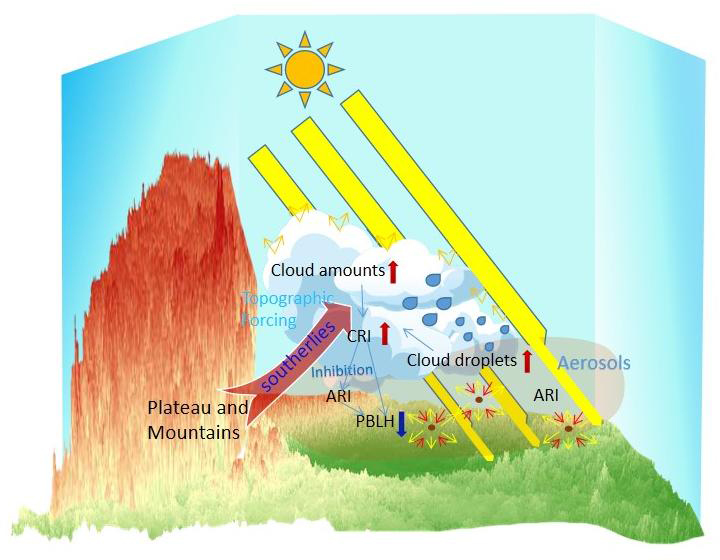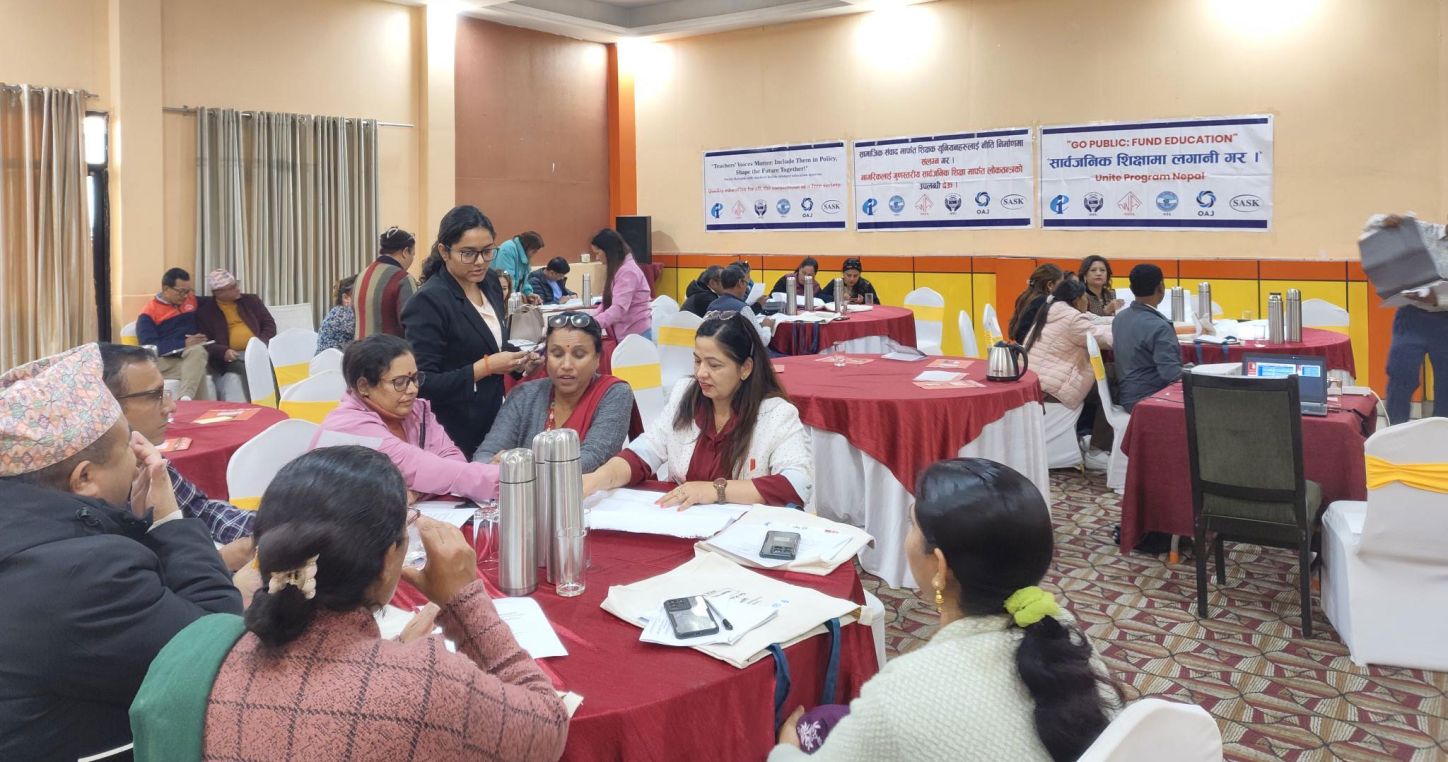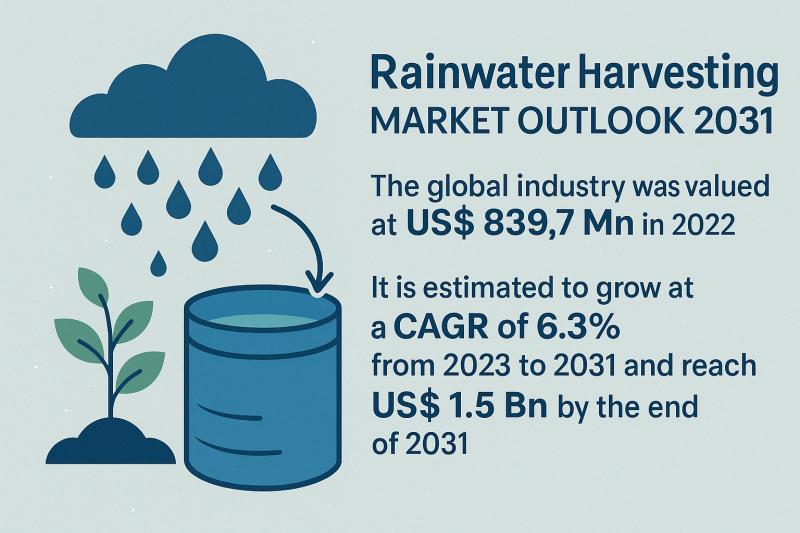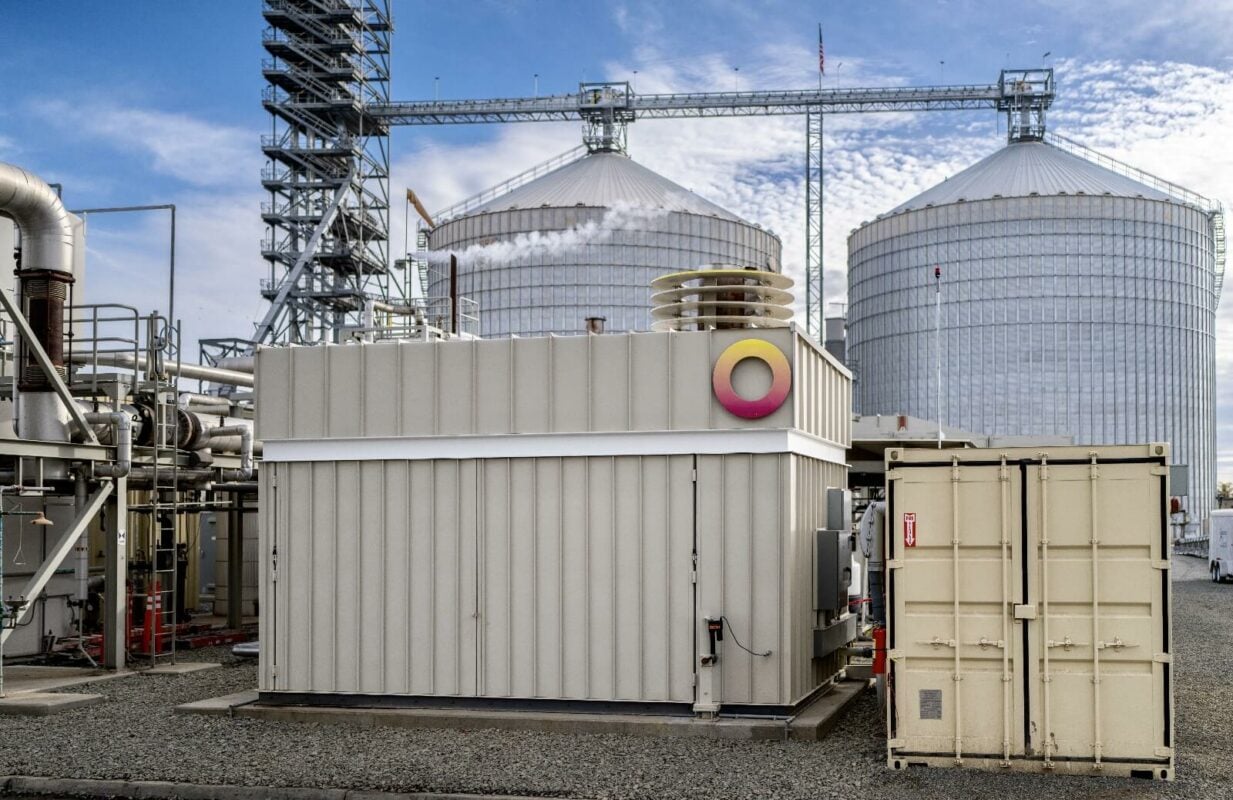New study revisits tie between air pollution in East Asia and global warming – South China Morning Post

Report on the Climatic Impact of Air Pollution Reduction in East Asia
Introduction: A Conflict Between Sustainable Development Goals
Recent environmental initiatives in East Asia have resulted in significant reductions in air pollution, directly addressing Sustainable Development Goal 3 (Good Health and Well-being) and SDG 11 (Sustainable Cities and Communities). However, a new report indicates these successes may have inadvertently accelerated global warming, creating a complex challenge for achieving SDG 13 (Climate Action). Research published in the journal Communications Earth & Environment highlights a potential correlation between decreased air pollution and an increased rate of global surface warming.
Key Findings on Regional Air Quality and Climate Impact
Successful Pollution Abatement and Contribution to SDGs
Over the last decade, nations in East Asia, including China, Japan, North and South Korea, and Mongolia, have made substantial progress in improving air quality. These efforts have had a direct positive impact on several SDGs:
- SDG 3 (Good Health and Well-being): Reduced atmospheric pollutants have led to improved public health outcomes and enhanced quality of life for millions.
- SDG 11 (Sustainable Cities and Communities): The clean-up efforts align with Target 11.6, which aims to reduce the adverse per capita environmental impact of cities, particularly concerning air quality.
- Specific Reductions: The concentration of sulphur dioxide (SO2) in East Asia has decreased by an estimated 75% since 2013, representing a major achievement in environmental management.
Unintended Consequences for SDG 13: Climate Action
The reduction of atmospheric aerosols—liquid and solid particles suspended in the air—has diminished a phenomenon known as “global dimming,” where these particles reflect solar radiation back into space, providing a cooling effect. The removal of this “masking” effect has revealed a more rapid rate of warming.
- The Warming Effect: According to the study, the reduction in air pollution over East Asia has likely contributed up to 0.05 degrees Celsius to the rate of global surface warming since 2010.
- Rate of Warming: This contribution is a significant portion of the observed average global surface warming rate of 0.06 degrees Celsius per decade during the same period.
Conclusion: The Need for Integrated Policy and Global Partnerships (SDG 17)
Navigating the Complexity of Sustainable Development
The findings illustrate the intricate and sometimes conflicting nature of the Sustainable Development Goals. While pursuing critical goals for health and urban sustainability, the actions have presented a setback for climate action. This underscores the necessity for integrated policy-making that anticipates and mitigates trade-offs between different development objectives. The international scientific collaboration that produced this research exemplifies SDG 17 (Partnerships for the Goals), highlighting the critical role of shared data and analysis in addressing complex global challenges.
1. Which SDGs are addressed or connected to the issues highlighted in the article?
SDG 3: Good Health and Well-being
- The article directly links the reduction of air pollution to health benefits, stating that clean-up efforts have been “improving quality of life and health in the region.” This connects to the goal of ensuring healthy lives and promoting well-being.
SDG 11: Sustainable Cities and Communities
- The focus on “clean-up efforts in East Asia” and the resulting “significant improvements to air quality” relates to making cities and human settlements inclusive, safe, resilient, and sustainable. Air pollution is a critical aspect of the environmental impact of cities.
SDG 13: Climate Action
- The central theme of the article is the unintended consequence of air pollution reduction on climate change. It explicitly states that these efforts “may have inadvertently contributed to the acceleration of global warming” and “altered global climate and weather patterns,” which directly pertains to the goal of taking urgent action to combat climate change and its impacts.
2. What specific targets under those SDGs can be identified based on the article’s content?
Target 3.9: By 2030, substantially reduce the number of deaths and illnesses from hazardous chemicals and air, water and soil pollution and contamination.
- The article’s statement that clean-up efforts are “improving quality of life and health” by reducing air pollution directly addresses this target. The reduction of pollutants like sulphur dioxide (SO2) is a key action toward minimizing illnesses caused by air pollution.
Target 11.6: By 2030, reduce the adverse per capita environmental impact of cities, including by paying special attention to air quality and municipal and other waste management.
- The article highlights “major efforts to cut air pollution over the past decade” in the East Asian region, particularly in China. This focus on improving air quality within a major region is a direct action towards achieving this target.
Target 13.1: Strengthen resilience and adaptive capacity to climate-related hazards and natural disasters in all countries.
- The article discusses how reducing air pollution has impacted “global surface warming” and “global climate and weather patterns.” Understanding these complex interactions, as detailed in the climate study mentioned, is fundamental to strengthening resilience and adapting to the evolving challenges of climate change.
3. Are there any indicators mentioned or implied in the article that can be used to measure progress towards the identified targets?
Indicator for Target 3.9 and 11.6: Reduction in specific air pollutants.
- The article provides a specific metric for air quality improvement: “The amount of SO2 polluting the air in East Asia has fallen by an estimated 75 per cent since 2013.” This quantifiable reduction in a key pollutant serves as a direct indicator of progress in reducing air pollution.
Indicator for Target 13.1: Rate of global surface warming.
- The article quantifies the impact of reduced air pollution on climate change, stating it “had likely contributed up to 0.05 degrees Celsius (0.09 degrees Fahrenheit) of the observed 0.06 degree per decade average rate of global surface warming.” This measurement provides a specific indicator for monitoring the drivers and rate of climate change.
4. Table of SDGs, Targets, and Indicators
| SDGs | Targets | Indicators |
|---|---|---|
| SDG 3: Good Health and Well-being | Target 3.9: Substantially reduce the number of deaths and illnesses from hazardous chemicals and air, water and soil pollution and contamination. | Reduction in Sulphur Dioxide (SO2) emissions by an estimated 75 per cent in East Asia since 2013. |
| SDG 11: Sustainable Cities and Communities | Target 11.6: Reduce the adverse per capita environmental impact of cities, including by paying special attention to air quality. | Reduction in Sulphur Dioxide (SO2) emissions by an estimated 75 per cent in East Asia since 2013, leading to significant improvements in air quality. |
| SDG 13: Climate Action | Target 13.1: Strengthen resilience and adaptive capacity to climate-related hazards and natural disasters in all countries. | Contribution of up to 0.05 degrees Celsius to the average rate of global surface warming per decade since 2010 due to emission reductions. |
Source: scmp.com

What is Your Reaction?
 Like
0
Like
0
 Dislike
0
Dislike
0
 Love
0
Love
0
 Funny
0
Funny
0
 Angry
0
Angry
0
 Sad
0
Sad
0
 Wow
0
Wow
0













































































